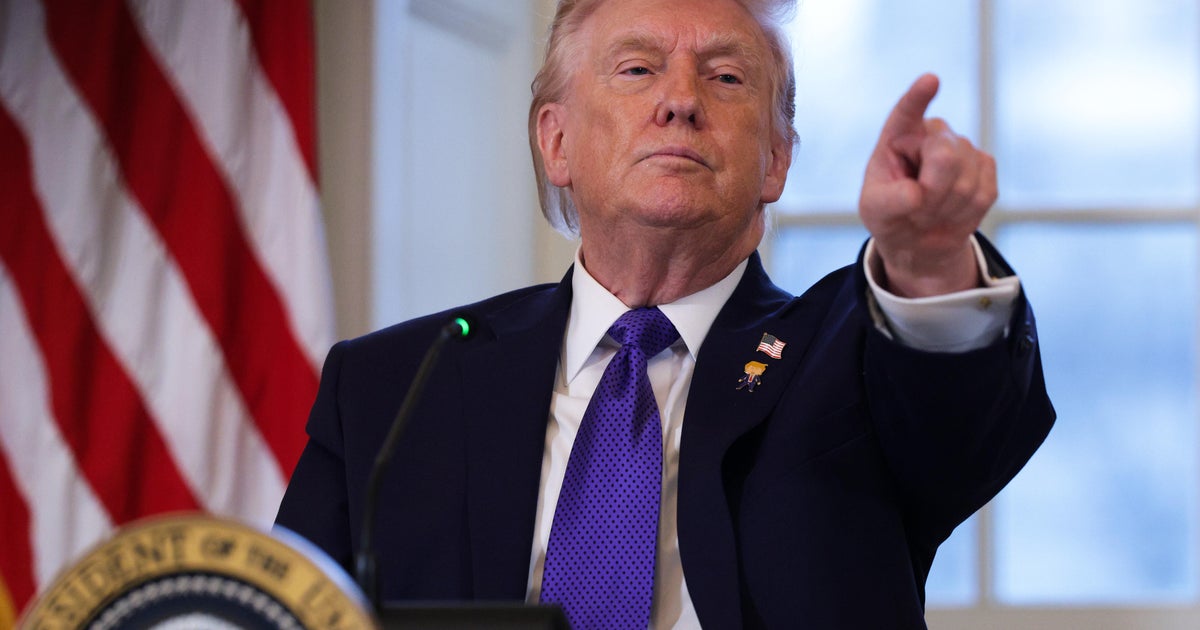Once hot, these stocks are suddenly not
Rising bond interest rates are sapping the popularity of high-yielding stocks.
For the first half of the year, the S&P 500 sectors most sensitive to interest rates seemingly traveled in only one direction: up, drawing both institutional and mom-and-pop investors to the stock market to buy telecom, utilities and real estate investment trusts, known as REITs. The appeal was their high dividend yields.
But in keeping with Isaac Newton and his theory on gravity, the darlings of the 2016 markets have fallen back to earth.
As Nick Raich, CEO at research firm Earnings Scout, put it: “Any stock that looks like a bond has been taken to the woodshed in a rising rate environment.”
These days, it’s industrial, financial and other cyclical companies leading the markets, with analysts pointing to two reasons: the November election and the Federal Reserve.
“There’s been a dramatic change in the type of stock that has worked well, compared to the type of stock that has worked well since the election,” said Jim Russell, principal and portfolio manager at investment advisory firm Bahl & Gaynor.
The trend in the first half of the year was for dividend-heavy companies, with tepid annual revenue growth rates of about 2 percent, to reach lofty valuations of between 20 and 25 times estimated 2016 earnings. These levels usually are attached to rapidly growing companies, Russell said. High-dividend “companies are not rapidly growing,” he added.
Through Friday Dec. 23, the S&P 500 had climbed 10.8 percent on the year, while the real estate sector was up only 1 percent, and had declined more than almost 6 percent in the current quarter. Utilities fared somewhat better, but still showed recent weakness, said Humberto Garcia, chairman of Leumi Investment Services’ investment committee.
“The U.S. presidential election results toppled the ‘lower-for-longer’ path for interest rates predicted by many market analysts,” Garcia said. “These expectations, along with hawkish smoke signals from the Fed, have put pressure on equities in sectors that benefit from low rates such as real estate and utilities.”
The Fed in December increased its target for short-term interest rates by 0.25 percentage points, making the second such move in a decade. The first came in December 2015. The central bank also said their plan is to raise rates three times next year, “which is one more time than people thought,” Russell said.
High dividend yielding stocks like utilities offered an uncertain haven for investors who for years struggled to find current income using safer asset classes. While higher rates hurt bond prices, which move in the opposite direction, bonds do have a more assured payout because stock prices are more volatile than those of bonds. And dividends, unlike interest rates, can be cut or eliminated at the will of the issuer.
“Now, after the initial hit to bond prices, investors seeking a safer income stream are likely finding nice entry points and moving back into the fixed-income stream,” Garcia said. The purchases could be funded from yield substitutes like utilities stocks, he added.
Then there is the influence of higher federal outlays, known as fiscal policy. Economic proposals such as spending on U.S. infrastructure that were DOA in a GOP-controlled Congress when introduced by President Barack Obama, a Democrat, are viewed as having better odds if offered by a President Donald Trump. The public sector could ultimately fund a fair share of private-sector work. In addition to rebuilding roads and bridges, spending could ramp up on technology and defense.
Larger government spending portends greater issuance of U.S. Treasury bonds, which should drive down their prices and thus increase their yields. If the extra spending pushes up inflation, that would be another factor in making interest rates ho higher.
The Royal Bank of Canada now forecasts U.S. economic growth to potentially reach as high as 3 percent in late 2017 and 2018. The biggest risk to that, cautioned Janet Engels, director of RBC’s portfolio advisory group, would be if oil prices start falling again.
Up until now, the main stimulus coming from Washington has been monetary -- meaning from the Federal Reserve, which fought to keep interest rates down. Now that the Fed is boosting rates, “This does suggest clearly that the baton will be handed from a monetary-only stimulus to the possibility that includes fiscal stimulus as well,” Russell said.





